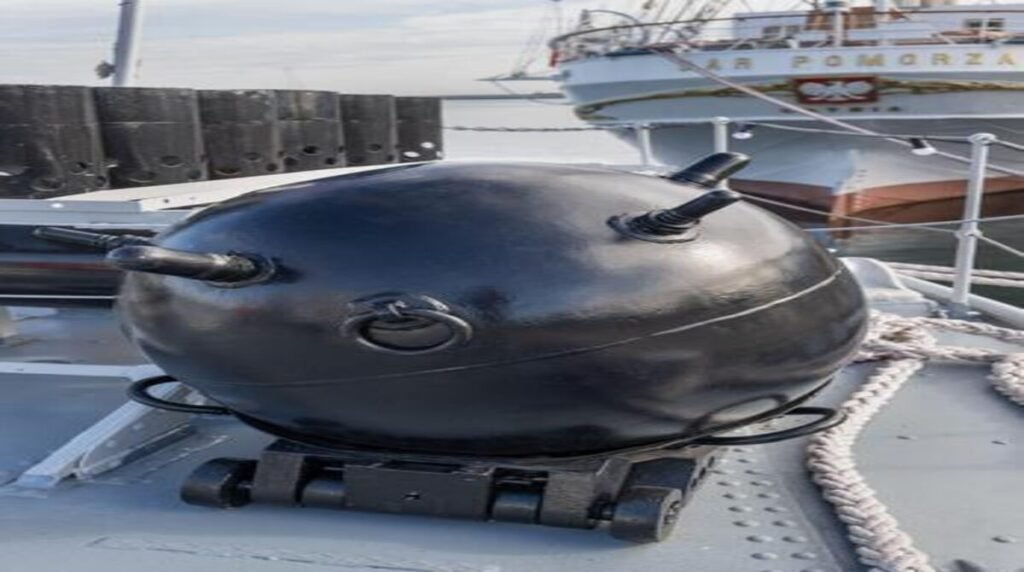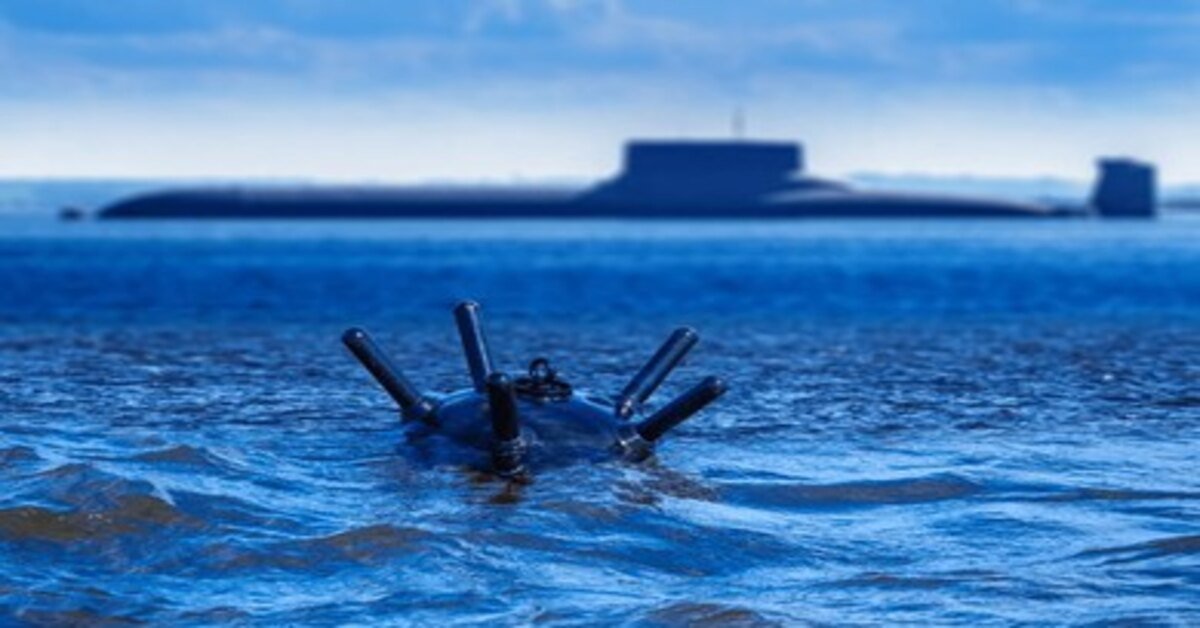ASROC40 is a crucial element in modern naval defense, designed to protect ships from submarine threats efficiently. In this post, we’ll dive into the core functions, capabilities, and unique features of ASROC40, giving you a clear understanding of why it remains a vital tool in maritime security.
Whether you’re a naval enthusiast or someone exploring the latest in defense technology, understanding ASROC40’s importance is essential. From its missile system to its deployment strategies, ASROC-40 stands out for its precision and effectiveness in safeguarding vessels against underwater dangers. Let’s explore how this anti-submarine rocket system works and why it continues to be relevant today.
What is ASROC40? A Deep Dive into Its Functionality
ASROC40 is an advanced anti-submarine warfare system used by naval forces around the world to detect and neutralize underwater threats like submarines. It launches anti-submarine rockets that deploy torpedoes or depth charges to hit enemy submarines. This system is vital for protecting ships and their crew, ensuring maritime security in hostile waters. It works by tracking submarine movements and launching missiles precisely to the target area.
The system uses sonar technology to locate submarines deep beneath the water’s surface. Once a threat is detected, ASROC40 fires a missile carrying a torpedo, which enters the water and hunts the submarine. This process is quick and efficient and keeps ships safe from surprise attacks. ASROC-40 has been a key tool in modern naval fleets because of its reliability and effectiveness.
The ASROC40 system is often compared to other anti-submarine weapons, but its accuracy and long-range capabilities set it apart. It has evolved over time, incorporating new technologies to stay effective in modern naval warfare. Understanding how ASROC-40 functions can help us see its importance in protecting naval operations.
How ASROC40 Protects Modern Navies from Submarine Threats
Submarines are stealthy and dangerous, and they can attack ships without warning. ASROC40 provides a solution by allowing navies to detect and engage submarines before they get too close. The system’s sensors work continuously, scanning the depths for any suspicious movements. When a submarine is located, ASROC-40 launches a torpedo or depth charge quickly to target and eliminate the threat.
This quick-response capability is what makes ASROC40 so crucial. It ensures that submarines are detected and neutralized, preventing attacks that could cause massive damage. The system has been updated with new tech to keep up with the latest submarine designs, which are becoming quieter and harder to detect. This makes ASROC40 a valuable tool for navies to maintain control and safety in strategic waters.
The effectiveness of ASROC40 also lies in its ability to work in different sea conditions. Whether it’s rough or calm, the system remains reliable, and its torpedoes can reach submarines traveling at high speeds. Navies worldwide trust ASROC-40 because it provides a strong defense against underwater threats, keeping naval missions secure and successful.
ASROC40 vs. Other Anti-Submarine Systems
ASROC40 stands out among anti-submarine systems because of its long-range capabilities and accuracy. While other systems might need ships to get closer to the enemy submarine, ASROC40 can launch its missiles from a distance, keeping the ship safe. The missile’s speed and precision ensure that submarines are caught off-guard and eliminated before they can counterattack.
In comparison, older systems needed more time to locate and attack submarines, which gave enemies a chance to escape. ASROC40, however, works faster and more efficiently, reducing the risks during naval missions. Its advanced sonar technology pinpoints exact locations and its missiles can adapt to different depths, increasing the chances of a successful strike.
Another feature that sets ASROC40 apart is its versatility. It can be installed on various ship types, including destroyers and frigates, making it a flexible option for different naval fleets. The system’s adaptability and continuous improvements show why it remains an essential tool for modern naval defense strategies.
From Early Models to Modern Warfare
ASROC40 has a long history, evolving from its earliest versions in the 1950s to become a key part of naval defense today. In the beginning, ASROC systems were designed to respond to Cold War threats, focusing on tracking and targeting submarines quickly. The initial models had simpler mechanisms and shorter ranges, but they provided a much-needed solution against submarine attacks.

Over time, ASROC40 underwent several upgrades to enhance its capabilities. Newer models featured advanced sonar systems and improved torpedoes that could travel faster and reach greater depths. This allowed navies to detect and neutralize threats more effectively, even in complex environments. The system also became more adaptable, fitting into various types of ships and integrating with other defense technologies.
Today, ASROC40 is equipped with modern tech, such as computerized control systems and GPS guidance, which make it more accurate and reliable. These enhancements ensure that ASROC-40 remains effective against the latest submarine designs, which are built to be quieter and more challenging to detect. This evolution highlights the system’s ability to stay relevant and effective in modern warfare, protecting naval operations worldwide.
Key Components and Technologies Explained
ASROC40 is made up of several critical components that work together to locate and eliminate submarines. The system includes advanced sonar sensors that scan the ocean for underwater threats. These sensors can detect even the smallest movements, giving ASROC-40 the ability to locate submarines that might be hiding at various depths.
Once a submarine is detected, ASROC40 uses its missile launcher to fire a rocket carrying a torpedo. The rocket travels through the air and releases the torpedo into the water near the submarine’s location. The torpedo then uses its own sensors to track and target the submarine, ensuring a precise strike. This process happens quickly, reducing the time submarines have to react or escape.
The technology behind ASROC40 allows it to function effectively in different conditions. The missile launchers are designed to work in both calm and rough seas, and the torpedoes can adjust their path based on the target’s movements. This flexibility is crucial for keeping ships safe, as it ensures that submarines are detected and engaged before they can cause any harm.
Best Practices and Limitations
Deploying ASROC40 involves strategic planning and coordination to ensure maximum effectiveness. Navies use the system in both defensive and offensive situations, setting up zones where ASROC-40 can be most useful. The system’s long-range allows ships to keep a safe distance from potential threats while still being able to engage submarines.
One of the best practices is to deploy ASROC40 in areas where submarines are likely to operate, such as strategic sea routes or near naval bases. By positioning the system in these zones, navies can create a protective barrier that keeps enemy submarines at bay. Additionally, integrating ASROC40 with other defense systems, like sonar buoys and aircraft, helps to create a comprehensive defense strategy.
However, ASROC40 does have limitations. It is most effective when the exact location of the submarine is known. If the submarine is too deep or uses advanced stealth technology, the system might need help in accurately targeting it. Despite these limitations, ASROC-40 remains a reliable tool for naval defense, and its deployment strategies continue to evolve with new technologies.
Why ASROC40 Remains a Key Player in Naval Defense
ASROC40 continues to play a crucial role in naval defense because of its proven reliability and effectiveness. The system’s ability to detect and neutralize submarine threats quickly gives naval forces a significant advantage, ensuring ships and their crews remain safe during missions. Its use in both defensive and offensive strategies makes it a versatile tool for any navy.
The system’s adaptability is another reason for its continued use. ASROC40 can be fitted on various ship types, including destroyers and frigates, making it a flexible option for different naval fleets. This flexibility means that navies can adjust their defense strategies depending on their specific needs and operational environments.
The ongoing upgrades and improvements to ASROC40 also contribute to its relevance. As submarine technology advances, so does ASROC-40, with new models incorporating the latest tech to keep up with emerging threats. This constant evolution ensures that ASROC40 remains a top choice for navies worldwide, maintaining its status as a key player in modern naval defense.
Understanding the Details That Matter
Knowing the specifications of ASROC40 is essential for understanding its capabilities. The system includes a powerful missile launcher that can fire rockets over long distances, allowing ships to engage submarines from a safe position. These missiles carry either a torpedo or a depth charge designed to hit the target with precision.
The torpedoes used by ASROC40 are advanced and equipped with sonar guidance systems that track submarines once they are in the water. The system can also be configured to carry nuclear depth charges, providing an even more powerful option for dealing with underwater threats. These specifications give ASROC40 the flexibility to adapt to different mission requirements.
In terms of range, ASROC40 can engage targets at various distances, depending on the model and configuration. The system’s ability to operate in different sea conditions ensures that it remains effective, whether the waters are calm or rough. These technical details highlight why ASROC40 is a trusted and reliable tool in naval defense.
Real-Life Applications and Case Studies
ASROC40 has been used in numerous naval operations to protect ships and maintain control over strategic waters. Its effectiveness has been proven in real-life scenarios where submarines pose significant threats. For instance, during training exercises, navies have demonstrated how quickly and accurately ASROC40 can respond to underwater targets, making it a reliable choice for real missions.
In various naval drills, ASROC40 has shown its ability to work alongside other systems, such as aircraft and sonar buoys, creating a multi-layered defense network. These case studies provide valuable insights into how the system can be deployed effectively, ensuring that naval forces are prepared for any threat. The system’s performance in these drills reflects its reliability and versatility in different environments.
Historical operations also highlight the system’s success. In past conflicts, ASROC40 played a crucial role in keeping naval fleets safe from submarine attacks. By reviewing these real-life applications, it becomes clear why ASROC-40 remains a top choice for navies, offering a dependable solution for modern maritime security.
Innovations and Upcoming Developments in Anti-Submarine Warfare
The future of ASROC40 looks promising, with new innovations being developed to enhance its capabilities. As submarine technology continues to advance, the makers of ASROC40 are working on updates that will keep the system ahead of emerging threats. These upgrades focus on improving sonar accuracy, missile range, and targeting precision, ensuring ASROC-40 remains effective in the years to come.
One of the main areas of development is the integration of AI technology. By using AI, ASROC40 could analyze and predict submarine movements more accurately, increasing the chances of a successful strike. This technology would also enable faster decision-making, allowing the system to respond to threats in real-time without delays.
Another innovation involves expanding the system’s range and making it compatible with crewless naval vehicles. This would allow ASROC40 to be deployed in more diverse ways, giving navies even more options for protecting their fleets. These developments highlight the commitment to keeping ASROC40 at the forefront of naval defense, ensuring it remains a critical tool for the future.
Stay Updated with: VentsAsk






